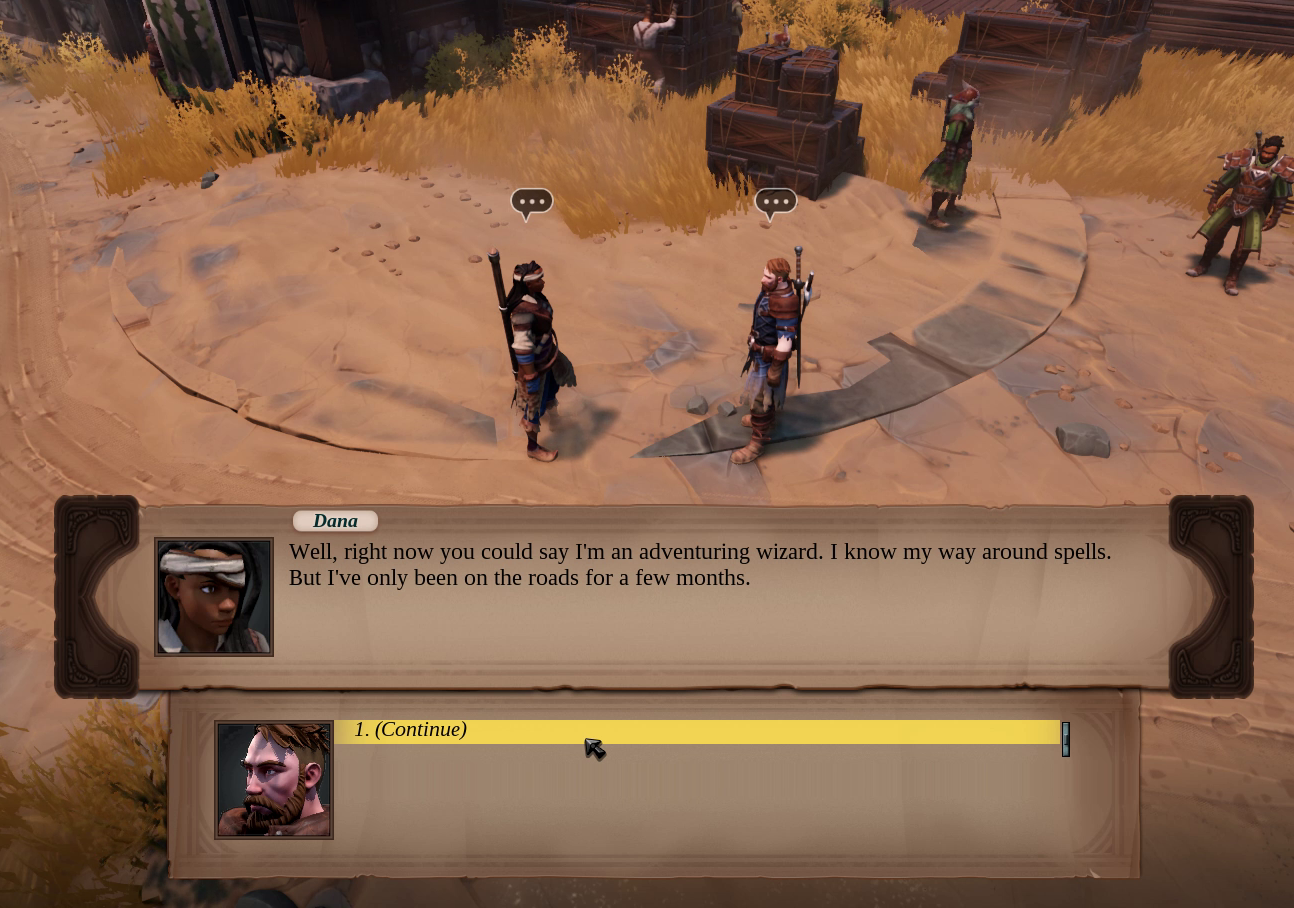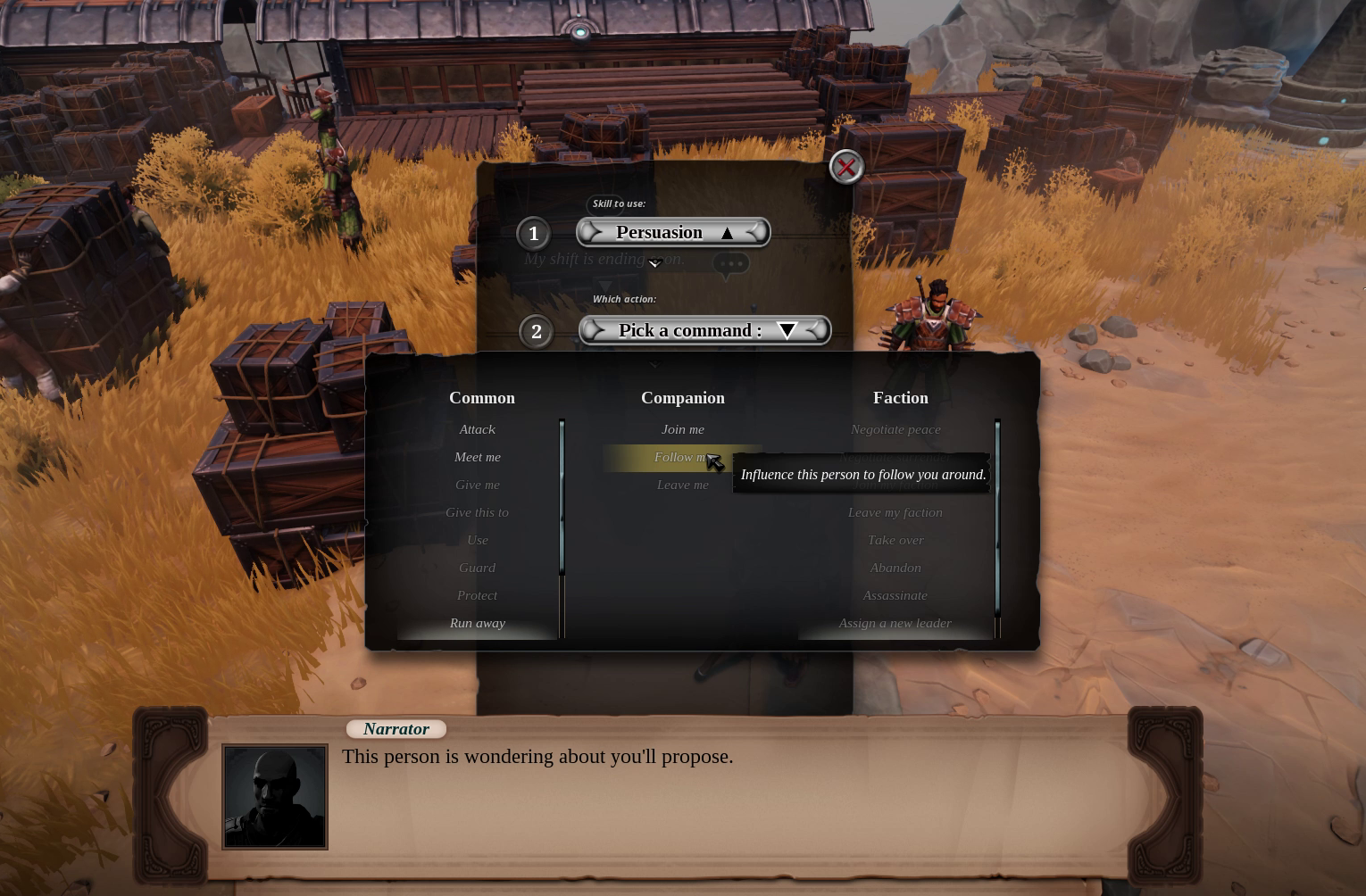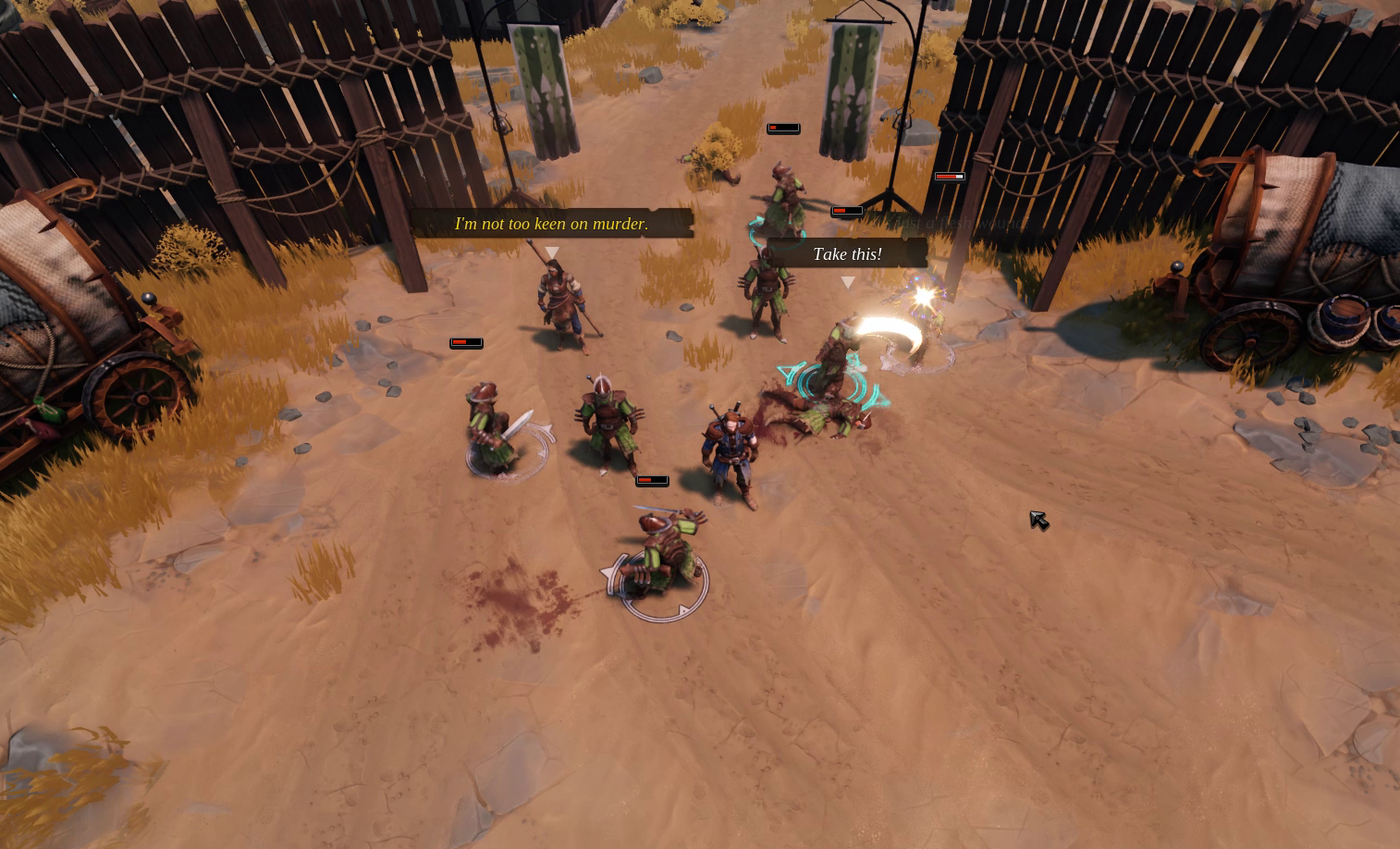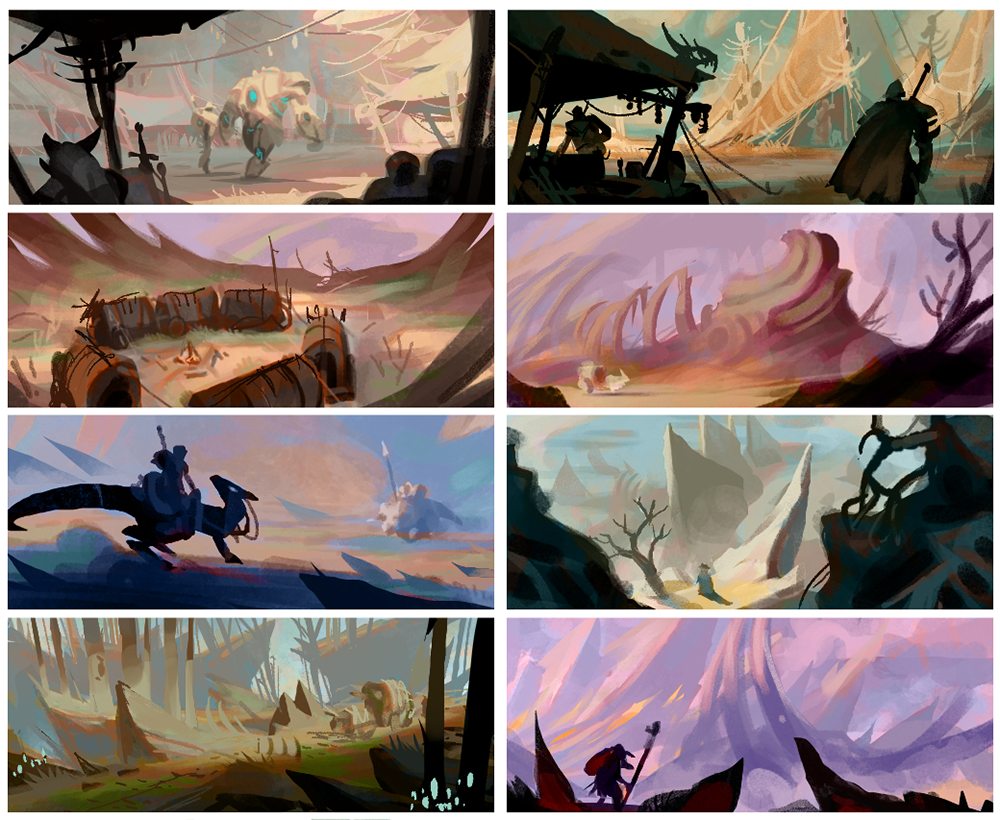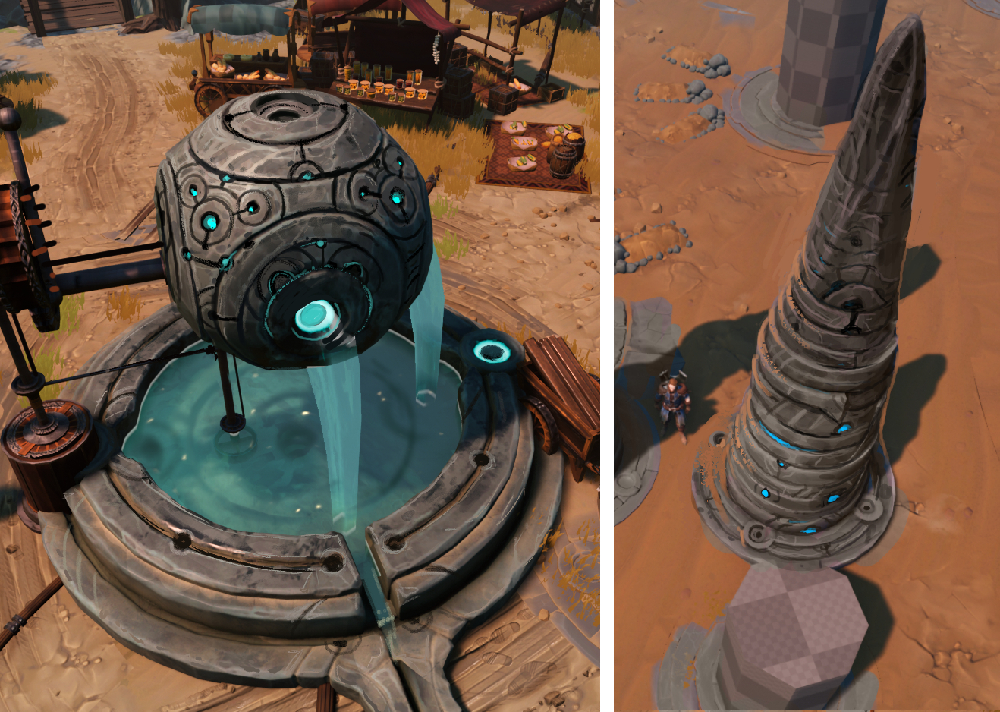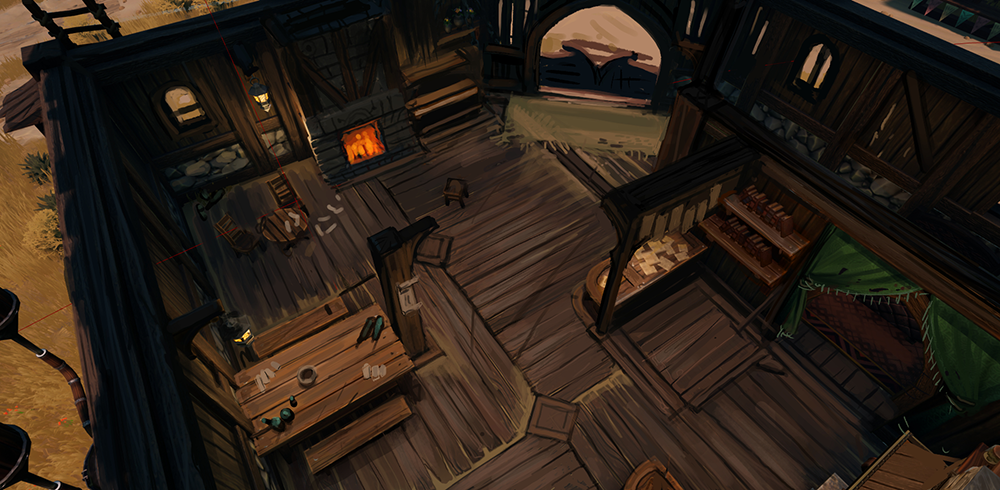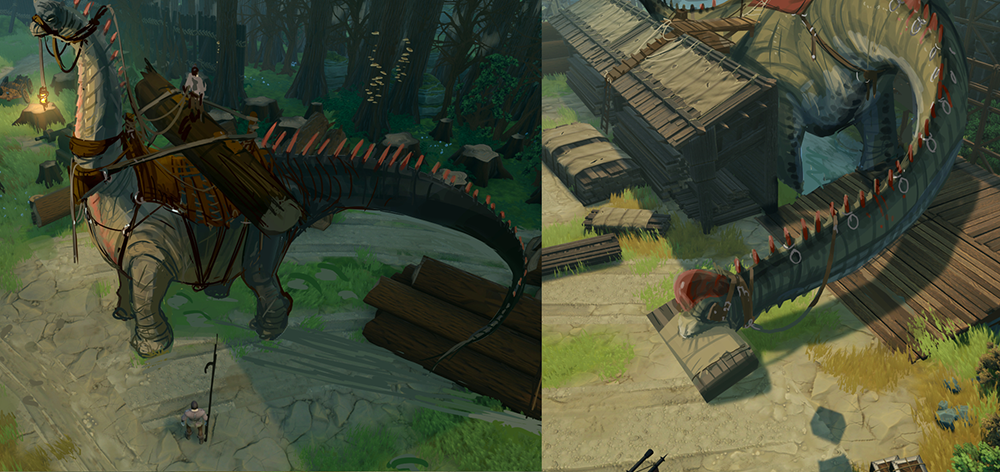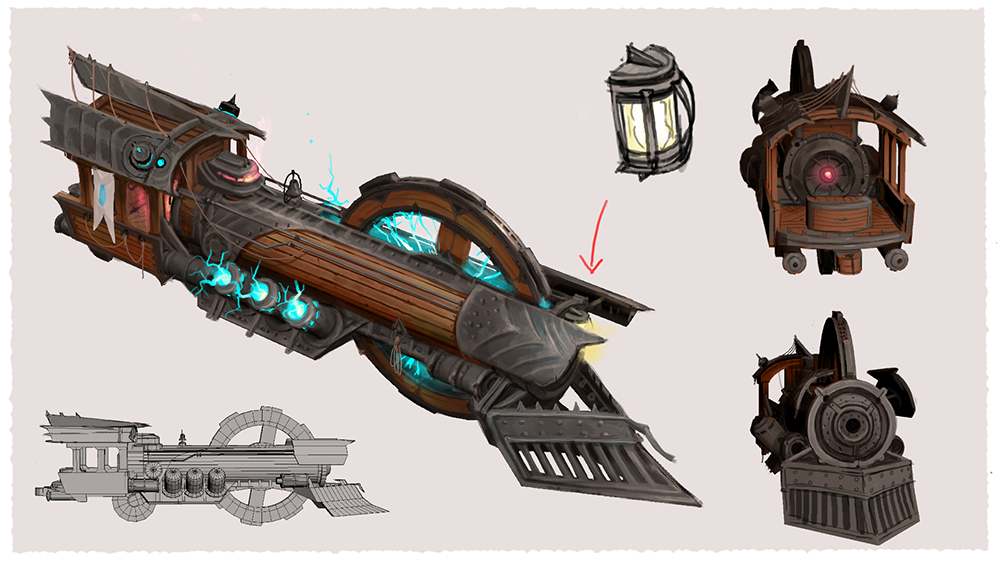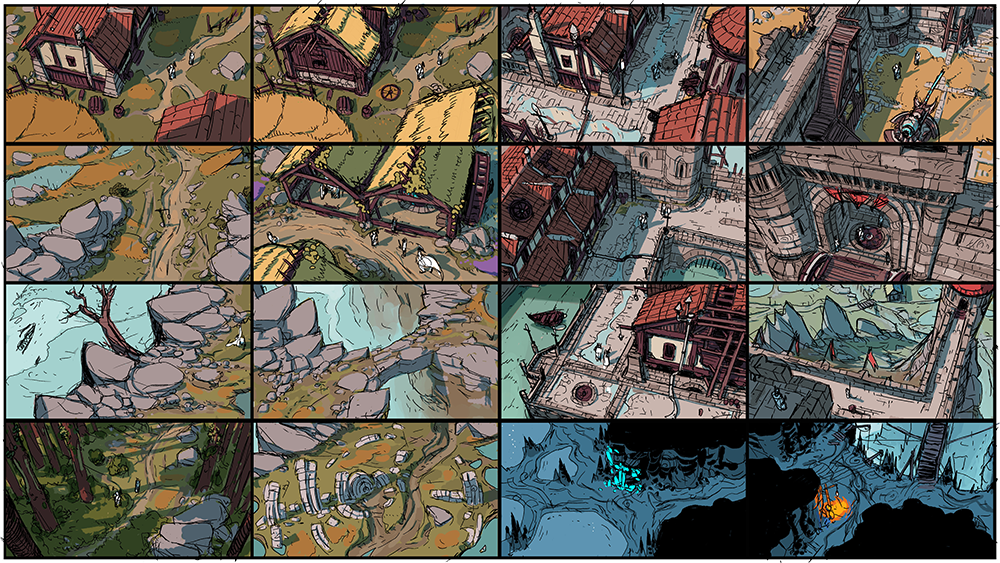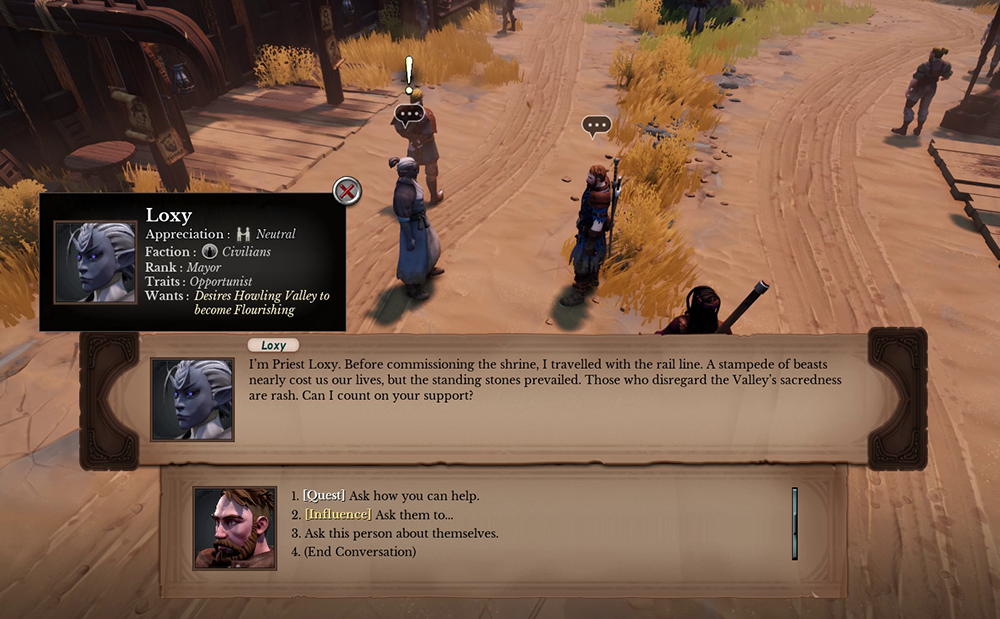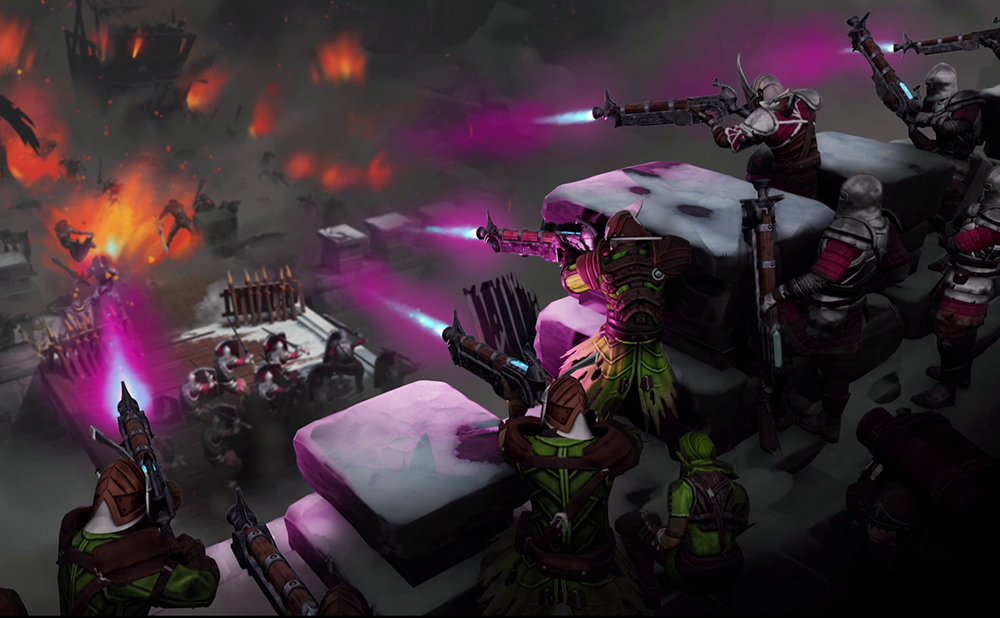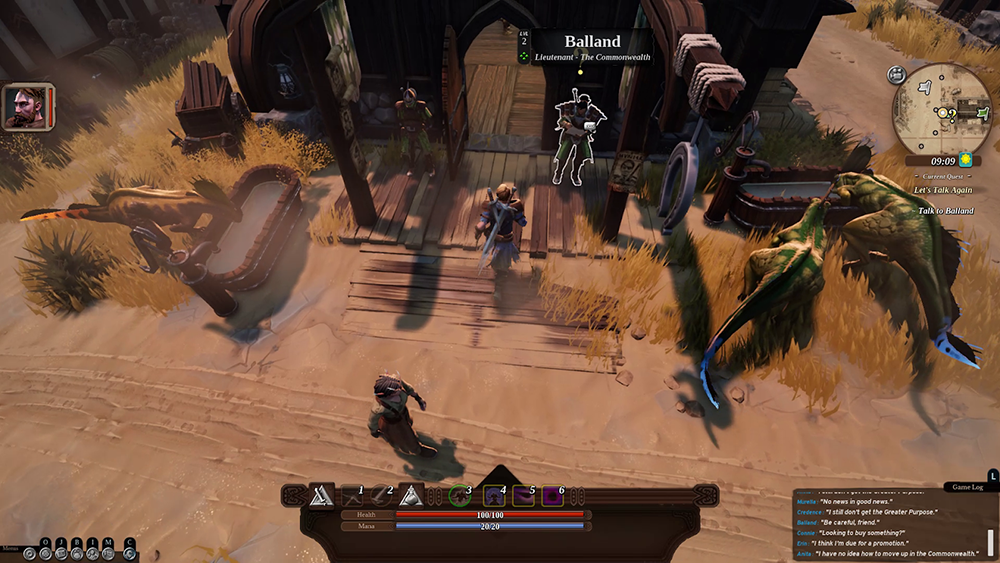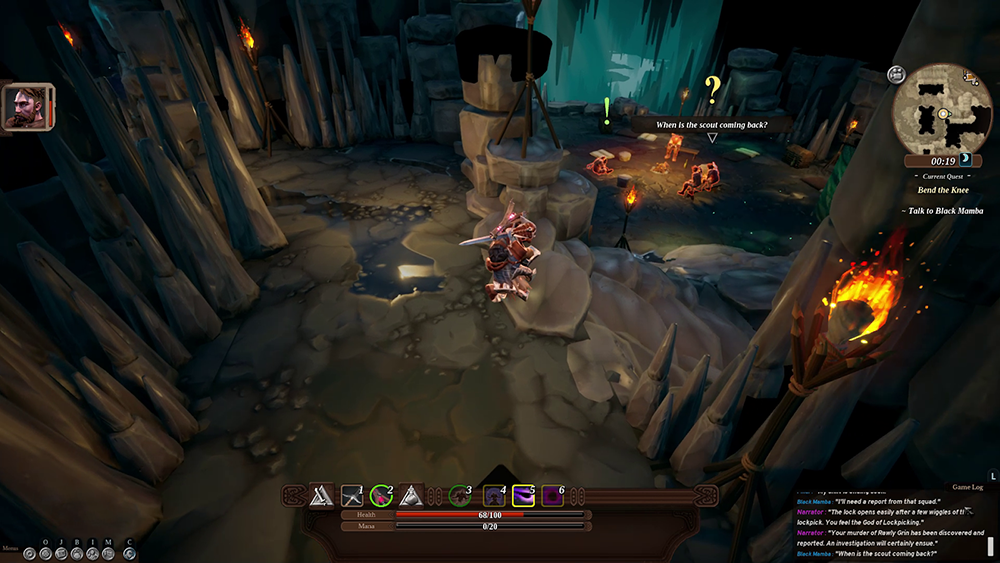Making it in Unreal: how Project Witchstone emulates the freedom of Dungeons and Dragons
Bottling the magic of pen and paper RPGs in digital form
Forged in the bubbling broth of a
Divinity: Original Sin 2-esque cauldron, Spearhead Games’s
Project Witchstone takes the tried and tested RPG formula and sprinkles more than a dash of AI on top to create a ‘living world’ RPG. The game is supposed to “capture the fun and freedom of a pen and paper RPG campaign” in a computer generated world, in the devs’ words.
To create this variable and responsive game world, careful AI craftsmanship is needed, and the Unreal Engine 4 makes the perfect toolkit for such a task.
Philip Tam, game designer and community manager at Spearhead Games, tells us that going with UE4 “was a no-brainer due to our long history with the engine.” The studio has been using it since its inception back in 2012, and “since moving over to UE4 for our first action RPG, Stories: The Path of Destinies, the programmers have been creating tools and features that can be carried over from game to game,” meaning they didn’t have to start from scratch for Project Witchstone. “The engine’s features and pipeline have become second nature to the team at this point,” he adds.
What sets Project Witchstone apart from other games in its genre is that aforementioned “living world” – an “alive” and “dynamic” world that you can interact with authentically and in which player decisions affect things down the line in a realistic way. “Like a Game Master running campaigns for their friends, our stories have a general direction, but what the player decides to do ultimately determines what happens next and which characters are involved.”
This dynamic world is captured in its setting. “When coming up with the lore,” Philip says, “we felt that the game’s core concepts of freedom of choice and influence on the world would need a setting that would support conflict, intrigue, and lasting changes. Therefore, the idea of a frontier-like world made the most sense to us. In the mythologies of the American West and the Australian Outback, the stories are about personal freedom, danger, one’s influence on society, resource control, the old vs the new, et cetera. This, combined with the visual iconography of the era, inspired and influenced us greatly.”
It’s not just about player agency, however. To make this experience as realistic as possible, non-player characters need to react authentically to the world – and act
upon it, too. “Characters in the world of Project Witchstone go about their daily lives, react to characters and actions around them, but can also act on their wants and needs. For example, should the player attack someone in their vicinity, an NPC has to immediately decide, based on their personality and past history, whether they help someone in the fight, run away, or report the assault to the nearest law enforcement officer. As you can imagine, building such an AI and optimising it isn’t trivial.”
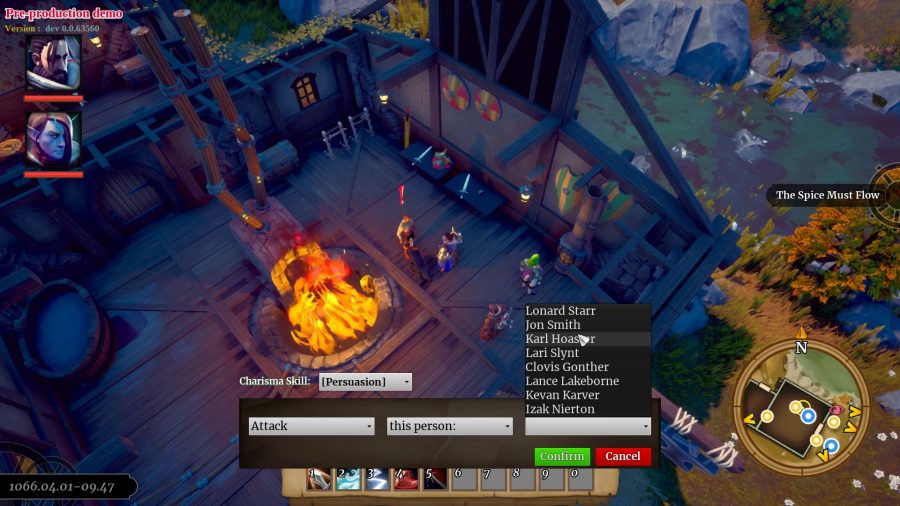
UE4 gives Spearhead Games the tools to tackle all this AI-heavy worldbuilding with relative ease – tools such as the engine’s built-in visual and auditory AI perception and debugging tools, which only needed a little tweaking to suit the game’s needs. Behaviour trees are also used to “determine which action a character decides to perform in a situation”, so that “whether they go about their day, resting at home or guarding a property, or participating in a raid to take over a property for their faction, everything is handled within the branches of the behaviour tree.”
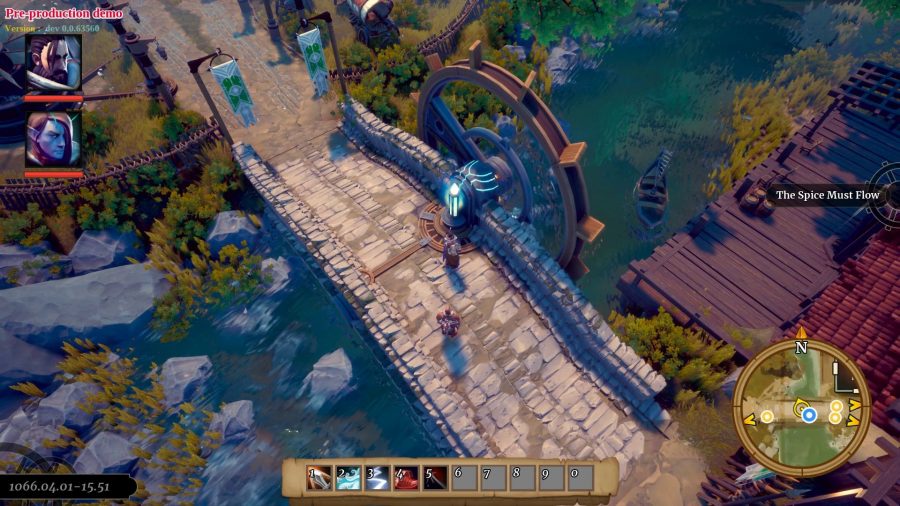
Setting aside the game’s AI for a moment and looking at its design, “the main complexity,” Philip tells us, “comes from making a game with a systemic narrative. The stories aren’t generated by the computer as in a procedural game, therefore we need to create and adapt a lot of story content to reflect and accommodate the player’s actions and decisions.” The solution once again comes from UE4 – this time, its ability to import data sheets.
The ability to import data sheets “makes it so we can work quickly and collaboratively using spreadsheets and update them to the game when needed. For example, all of our dialogue lines, which are chosen dynamically based on the speaker’s traits, relationship with the player, and the state of the world, are written and stored as spreadsheets. The same goes for narrator and banter lines, as well as NPCs’ and factions’ reactions to events.”
This again goes to show the emphasis placed on a dynamic, interactive game. The systemic narrative calls for the creation of story content to match the player’s actions and decisions, and UE4 helps with this process via data sheets. And these actions and decisions, and how they play out in-game, are made authentic, interactive, and dynamic, offering players plenty of free choice in how they want to approach and play the game – UE4 helps create such player freedom with its AI toolkit.
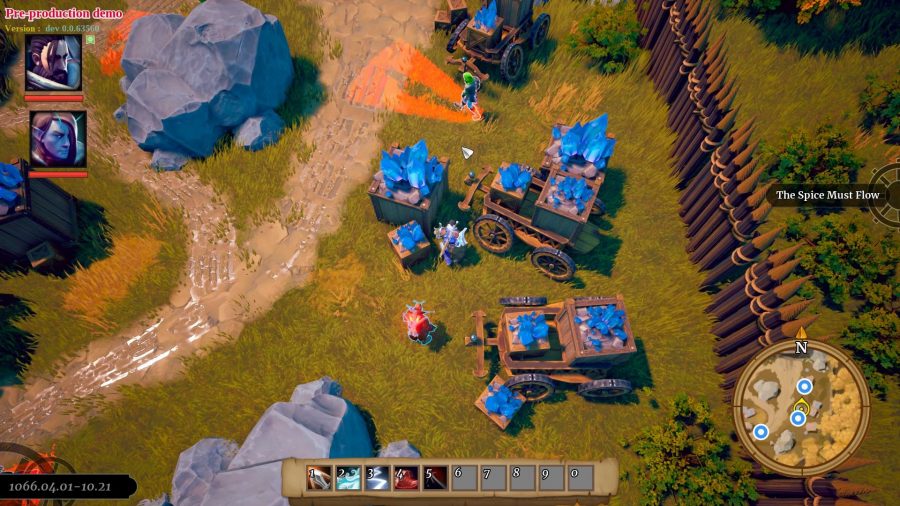
What Spearhead Games has made with UE4 is a game that occurs in what feels like a living, rather than a static, world. This was a deliberate choice, aided by the studio’s familiarity with the Unreal Engine and the knowledge that it could be used to achieve the living world of Project Witchstone, and help out with some of the more nitty-gritty AI aspects of development. Capturing the “freedom of a pen and paper RPG campaign” is no small task, but UE4 makes that undertaking a little easier.






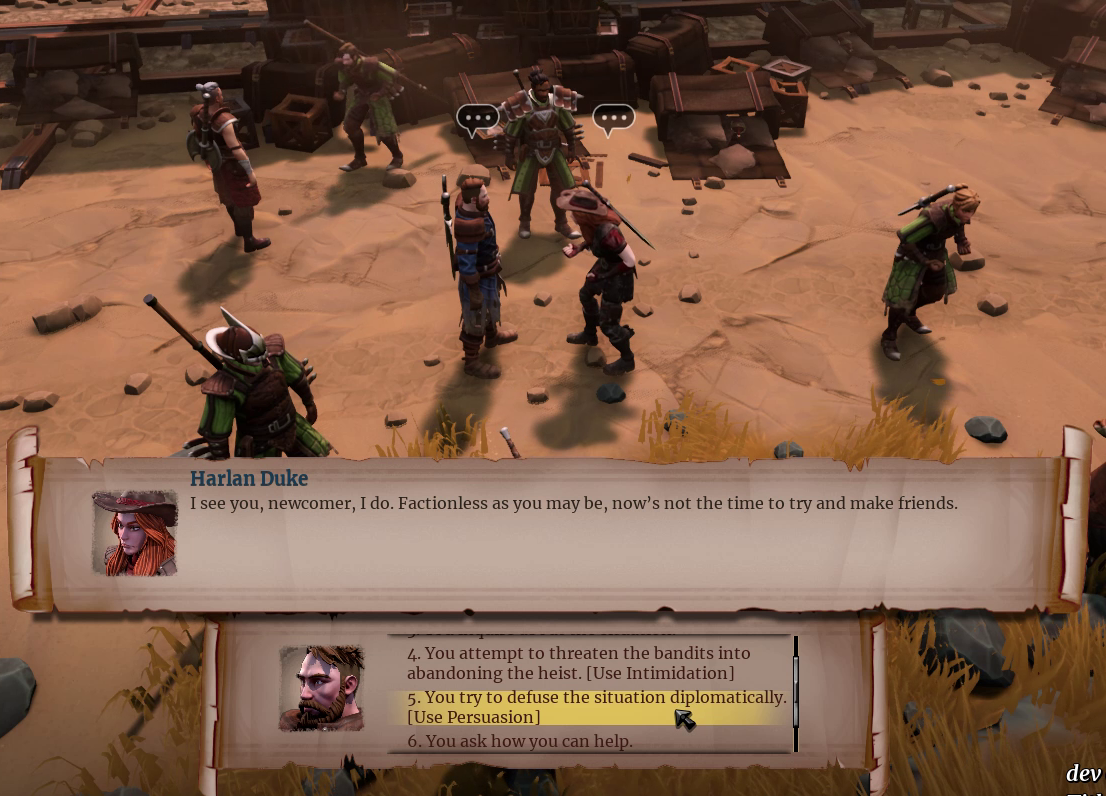
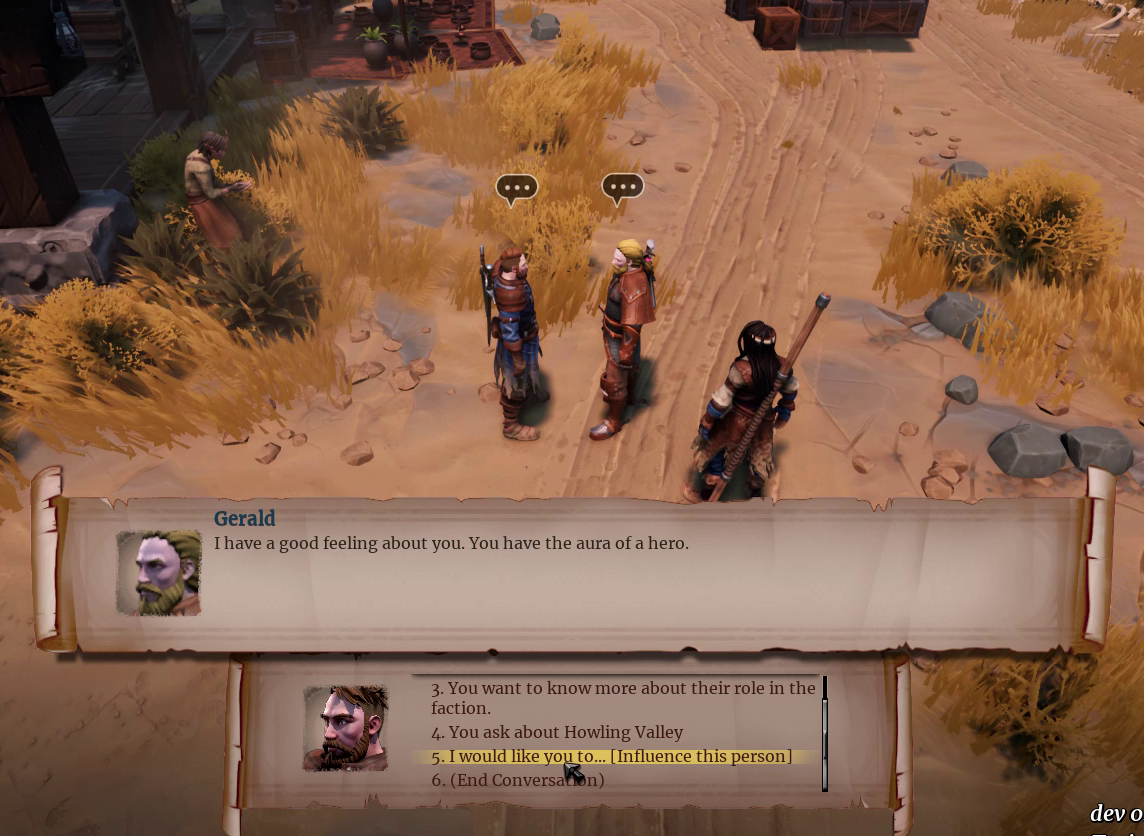
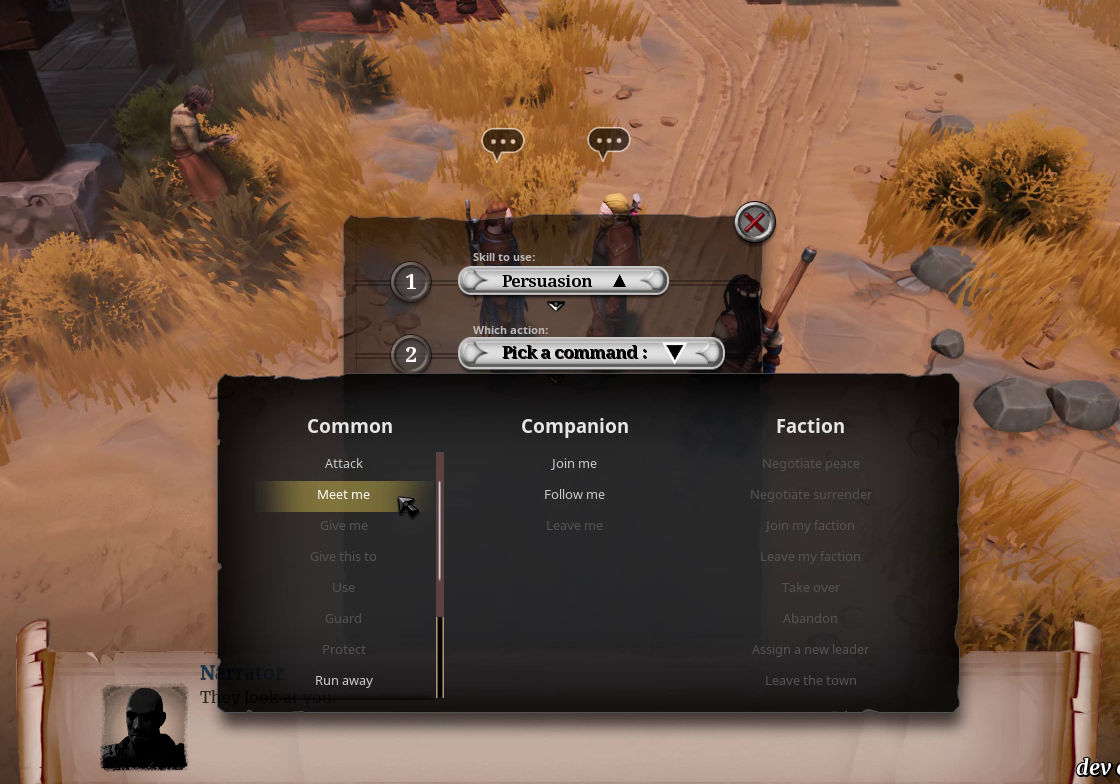
















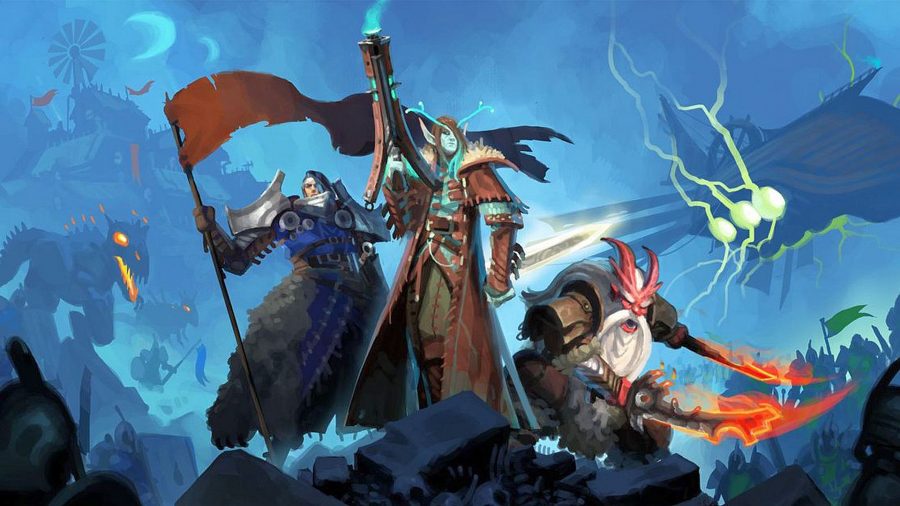



![The Year of Incline [2014] Codex 2014](/forums/smiles/campaign_tags/campaign_incline2014.png)
